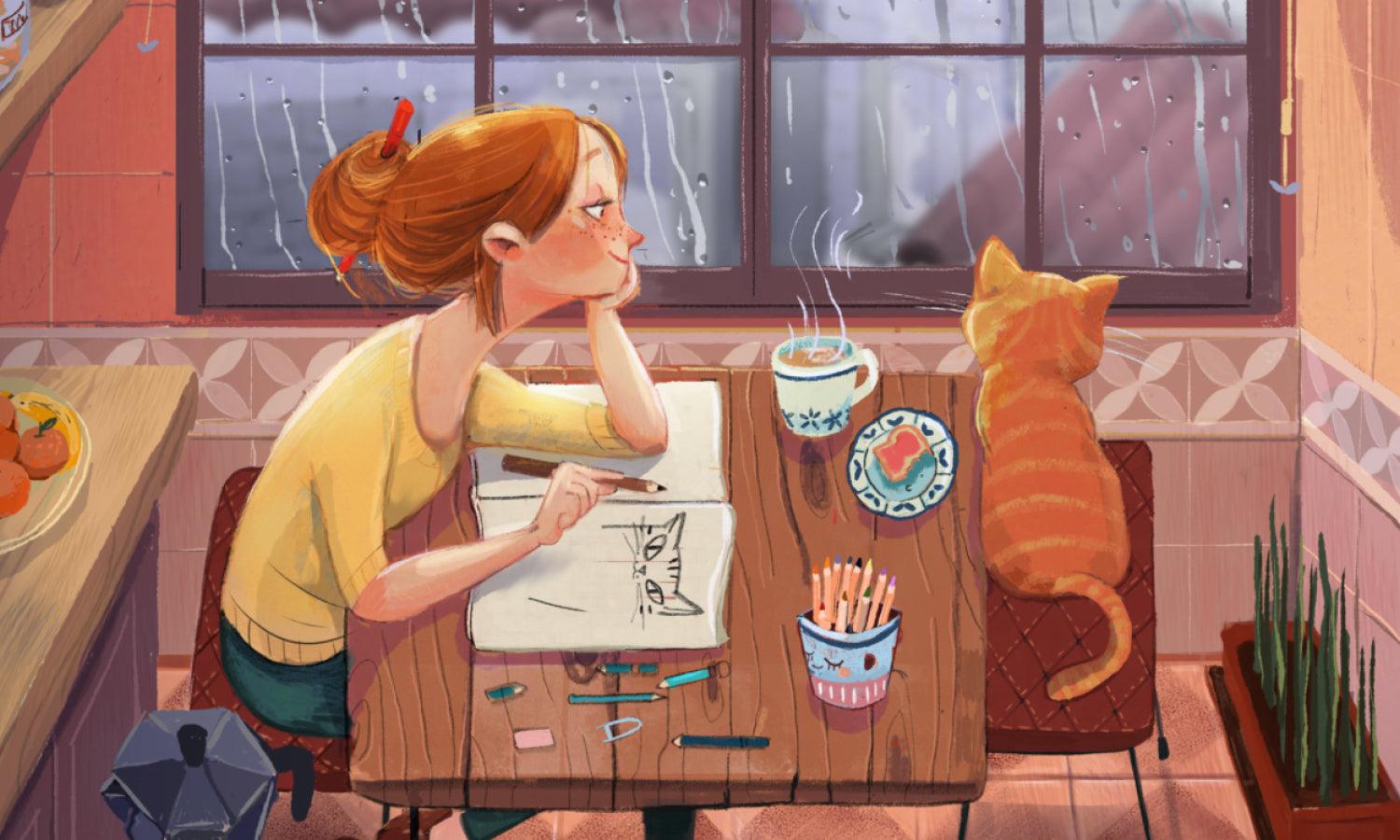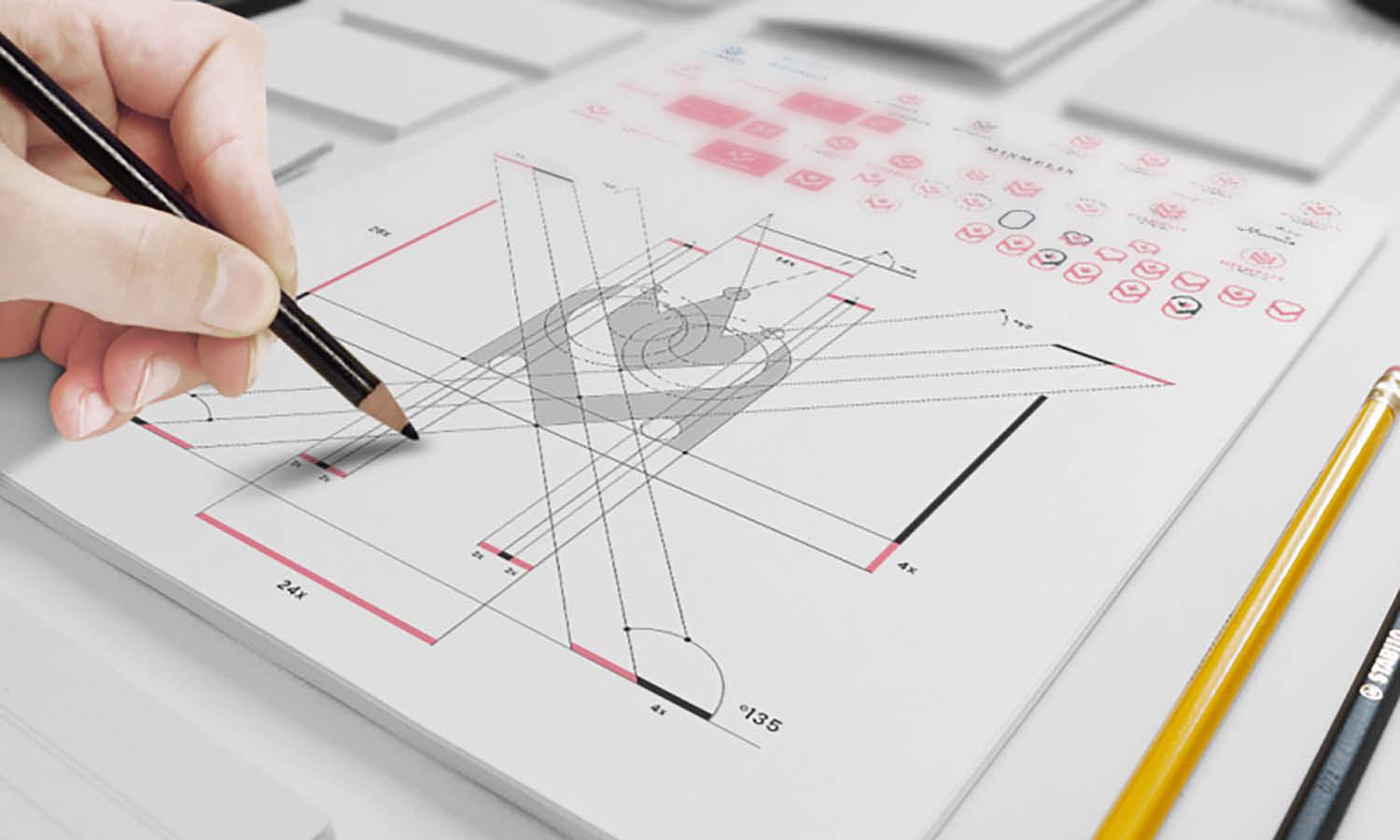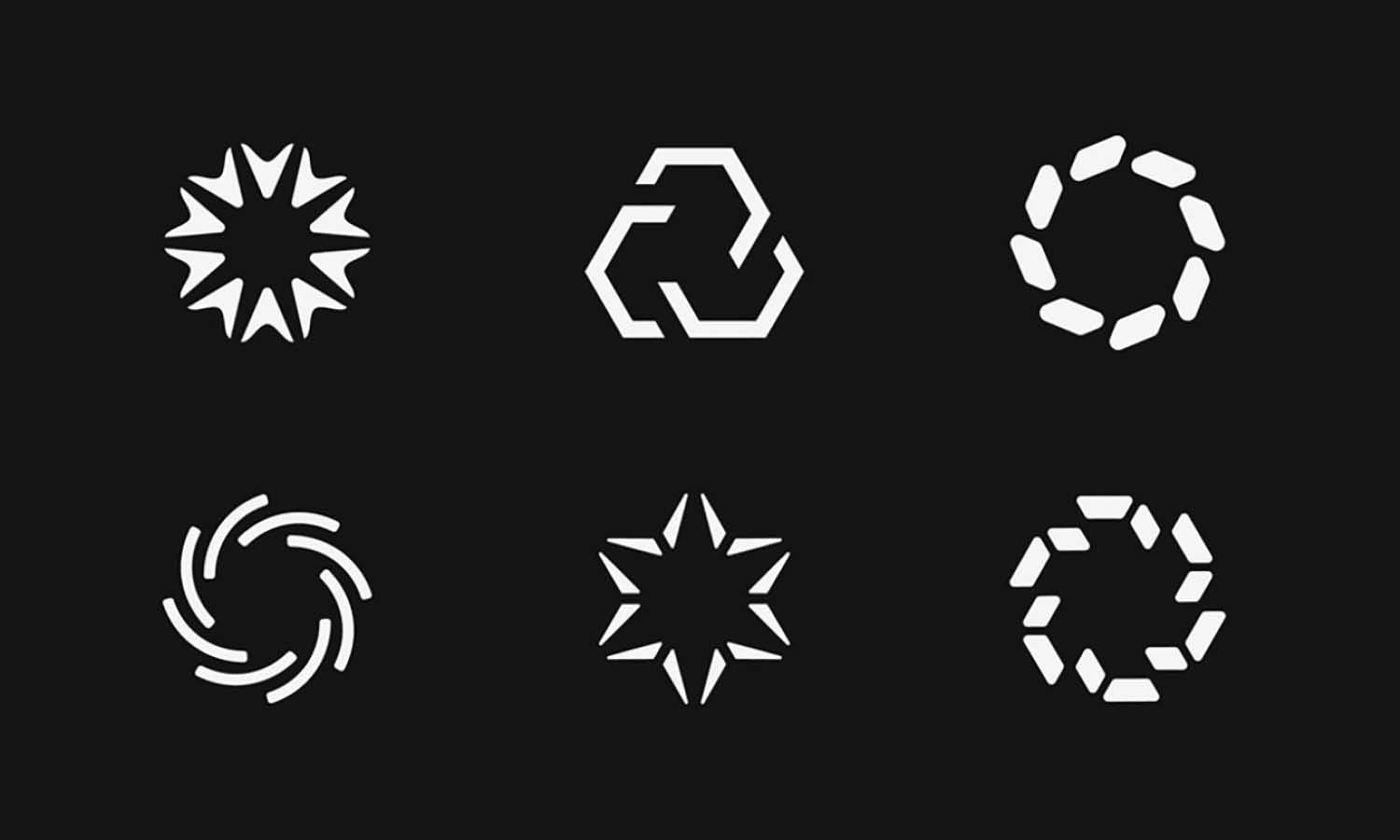How to Take Constructive Criticism As A Designer

As a designer, mastering the art of receiving constructive criticism is essential for professional growth and skill enhancement. Constructive criticism offers valuable insights that can significantly improve your design projects, making them more aligned with client needs and industry standards. It's not merely about enduring feedback but about engaging with it actively to refine your creative process. This engagement allows you to evolve continuously as a designer, adapting to new trends and client preferences efficiently. Understanding how to accept, process, and implement feedback constructively is a cornerstone of successful design careers.
In this article, we will explore practical strategies that help designers embrace critiques positively and use them to fuel their creative journey. Whether you're just starting out or are a seasoned professional, learning how to navigate and respond to feedback is crucial in shaping a resilient and adaptive approach to design challenges.
Understand the Purpose of Feedback
In the world of design, constructive criticism serves as a powerful tool for personal and professional development. For designers, understanding that feedback is not a personal attack but a fundamental part of the creative process is crucial. It aims to improve the quality of your work by identifying areas that may not be immediately apparent to you. When clients or peers provide feedback, they contribute different perspectives that can enhance the functionality, aesthetics, and user experience of your designs.
By viewing constructive criticism as an opportunity for growth, you can push your creative boundaries and innovate more effectively. This approach not only improves your current projects but also equips you with insights and techniques that are applicable to future endeavors. Therefore, embracing feedback with an open mind is essential for any designer looking to excel in a competitive field.
Stay Open and Receptive
Being open and receptive to constructive criticism is vital for any designer seeking to thrive in the industry. This mindset allows you to absorb and consider feedback genuinely, which is key to turning potential weaknesses into strengths. When you receive criticism, approach it with curiosity rather than defensiveness. Ask yourself what you can learn from this feedback and how it can serve your growth as a designer. This openness requires a level of vulnerability but is indispensable for continuous improvement.
By embracing a receptive attitude, you ensure that you are not just hearing but actively listening to the insights offered. This practice helps in cultivating a professional demeanor that values growth and learning over ego. Ultimately, staying open and receptive enriches your design capabilities and prepares you for a wide range of projects and client needs, making you more adaptable and skilled in your craft.
Embrace a Growth Mindset
Embracing a growth mindset is crucial for any designer receiving constructive criticism. This approach allows you to see feedback not as a personal attack but as an invaluable opportunity for professional development and innovation. When criticism is directed at your designs, remind yourself that each project is a stepping stone towards mastery and that setbacks are part of the learning process.
Viewing constructive criticism through the lens of growth transforms challenges into opportunities to enhance your skills. It encourages you to experiment and take creative risks, knowing that feedback will guide your improvements rather than hinder your creativity. Adopting this mindset involves understanding that skills are developed through effort and learning, and that potential is not a finite resource but expandable through dedication.

Listen Before Responding
Listening before responding is a vital skill for designers dealing with constructive criticism. It entails giving full attention to the feedback without prematurely formulating a response or defense. This practice ensures that you truly understand the points being made and appreciate the perspective of the person providing the feedback.
Active listening involves more than just hearing words; it requires engagement and a conscious effort to comprehend the underlying advice. By focusing on the message without distraction, you can identify key areas for improvement and ask clarifying questions that can lead to more productive discussions.
It's important to practice patience and keep an open mind during this process. Allow the feedback to sink in, and resist the urge to interrupt or dispute points immediately. This not only shows respect for the critic's point of view but also reflects your professionalism and dedication to your craft.
Ask for Specific Feedback
Asking for specific feedback is essential for designers seeking to gain the most from constructive criticism. Vague comments can be confusing and less actionable, whereas detailed feedback provides clear direction on how to improve your designs. When you receive a critique, encourage the reviewer to elaborate on their points by asking targeted questions. For example, instead of just noting that something doesn’t work, ask which elements are ineffective and why.
Prompting for specifics helps you understand the context and the critic's perspective, allowing you to address design issues more accurately. Ask questions like, "Can you explain why this color scheme isn’t effective?" or "What would make the layout more engaging?" This not only clarifies the feedback but also shows your commitment to improving your work.
Moreover, specific feedback can guide your professional development by highlighting strengths and pinpointing areas that need more attention. It provides a roadmap for continued learning and skill enhancement, ensuring that each project contributes to your growth as a designer. Remember, the goal of soliciting detailed feedback isn’t just to perfect a single design, but to refine your overall design approach and problem-solving skills.
Focus on the Objective, Not the Emotion
Focusing on the objective rather than the emotion is crucial when receiving constructive criticism as a designer. It's natural to feel defensive or upset when your work is critiqued, but centering on the purpose of the feedback can help mitigate these feelings. The objective is to improve your work, not to pass judgment on your competence or creativity.
To maintain this focus, approach each critique session as a learning opportunity. Remind yourself that the feedback is about the design, not about you as a person. This mindset helps you extract useful insights from criticism without being clouded by negative emotions. Reflect on the intent behind the comments and how they can serve the goals of the project.
When feedback seems harsh or the emotional response is strong, take a step back and allow some time to process the information objectively. Discuss the feedback with mentors or peers to gain different perspectives and additional understanding that may soften initial reactions and clarify the critique's purpose.
Use Feedback to Set Goals
Utilizing feedback to set specific goals is a transformative practice for designers who receive constructive criticism. This approach allows you to channel critiques into actionable plans that enhance your design skills and project outcomes. By setting clear, measurable goals based on feedback, you create a roadmap for personal and professional development that is directly tied to improving your work.
Start by identifying key areas of improvement highlighted during feedback sessions. For instance, if the criticism points towards weak typography or color choices, you could set a goal to study contemporary typography or color theory. Implement these learnings in your upcoming projects to directly address the feedback.
Goals should be SMART: Specific, Measurable, Achievable, Relevant, and Time-bound. For example, setting a goal to "improve my use of white space within three months by studying design spacing techniques and revising past projects" gives you a clear target and timeframe to work towards.

Analyze and Reflect
Analyzing and reflecting on the feedback you receive is essential for any designer committed to growth and excellence. This process involves taking a step back to thoroughly consider the constructive criticism you’ve been given, understanding its implications, and determining how it can be applied to enhance your design work.
After each feedback session, take some time to review your notes and identify the most critical points. Consider why certain aspects of your work were highlighted and what these comments suggest about your strengths and weaknesses. This reflection helps you internalize the feedback and evaluate its relevance to your current and future projects.
Reflecting also means looking beyond the immediate project and thinking about how the feedback can inform your broader design approach. For example, if you frequently receive comments about the complexity of your layouts, it might be time to focus on simplification and user-centric design principles.
Discuss Feedback with Peers
Discussing feedback with peers is a crucial step for designers aiming to fully understand and utilize constructive criticism. When you share the critiques you’ve received with colleagues or fellow designers, it provides an opportunity to gain diverse perspectives and insights that might not have been apparent initially. This collaborative review can help clarify the intent behind the feedback and suggest different approaches to address it.
Engaging in discussions about feedback allows you to explore various interpretations and understandings of the critique, which can lead to a more nuanced application of the advice given. For example, a peer might point out that a suggested color change not only affects aesthetics but also user accessibility, adding depth to the feedback’s implications.
Implement Changes Gradually
Implementing changes gradually is a strategic approach for designers responding to constructive criticism. It allows you to manage revisions without becoming overwhelmed and ensures that each alteration is thoughtfully considered and effectively executed. Gradual implementation also helps you maintain consistency across your design projects while still embracing improvement.
Start by prioritizing the feedback based on its impact and feasibility. High-impact feedback that can be quickly acted upon should be addressed first. For instance, if you receive a critique about your typography being hard to read, you might start by experimenting with different fonts or adjusting sizes in your next project. This immediate, small-scale change can make a significant difference in your work's effectiveness and readability.
For more complex feedback, such as rethinking a design's layout or user experience, plan a series of small steps that lead to the desired improvement. This might involve sketching out multiple options, discussing these with peers or mentors, and testing different versions to see which best addresses the critique. Each step should be manageable and aimed at incrementally improving your design.
Conclusion
Embracing constructive criticism is essential for any designer committed to career advancement and skill refinement. By understanding the intent behind feedback and remaining open to it, designers can transform critique into a catalyst for creativity and innovation. This approach not only enhances current projects but also builds a robust foundation for handling future challenges. Remember, the goal of constructive criticism is to foster development and excellence. As you incorporate these insights into your practice, you'll find that each piece of feedback enriches your understanding and execution of design, propelling you towards becoming a more adept and responsive designer.
Let Us Know What You Think!
Every information you read here are written and curated by Kreafolk's team, carefully pieced together with our creative community in mind. Did you enjoy our contents? Leave a comment below and share your thoughts. Cheers to more creative articles and inspirations!
















Leave a Comment